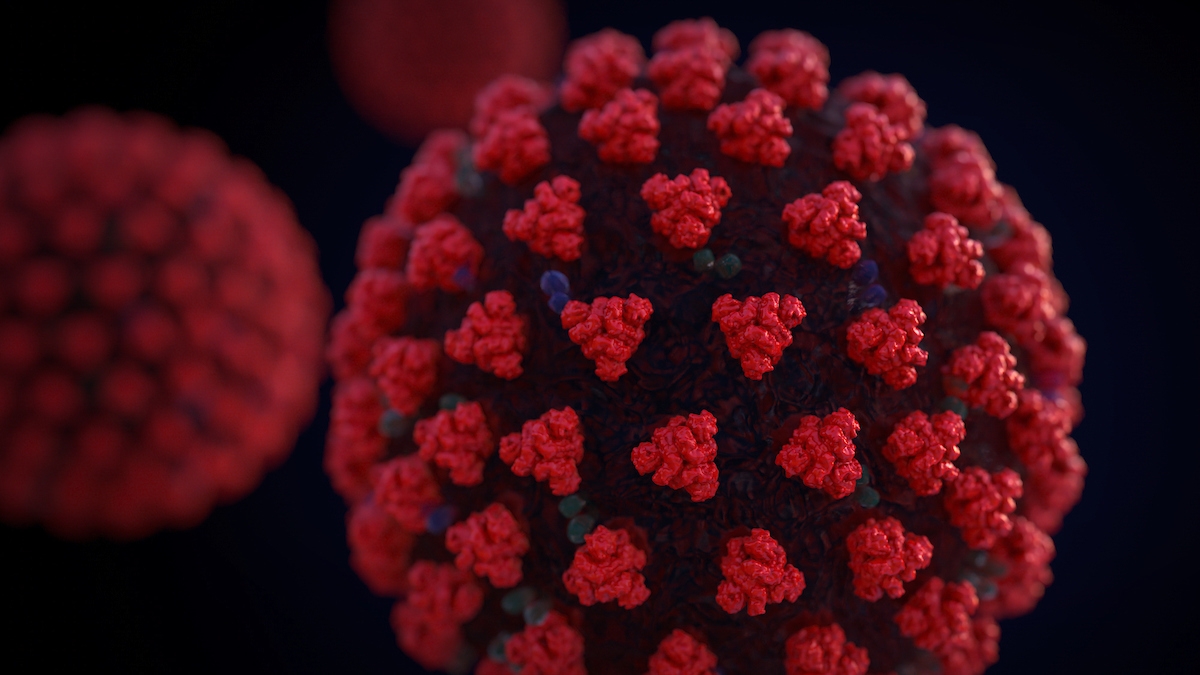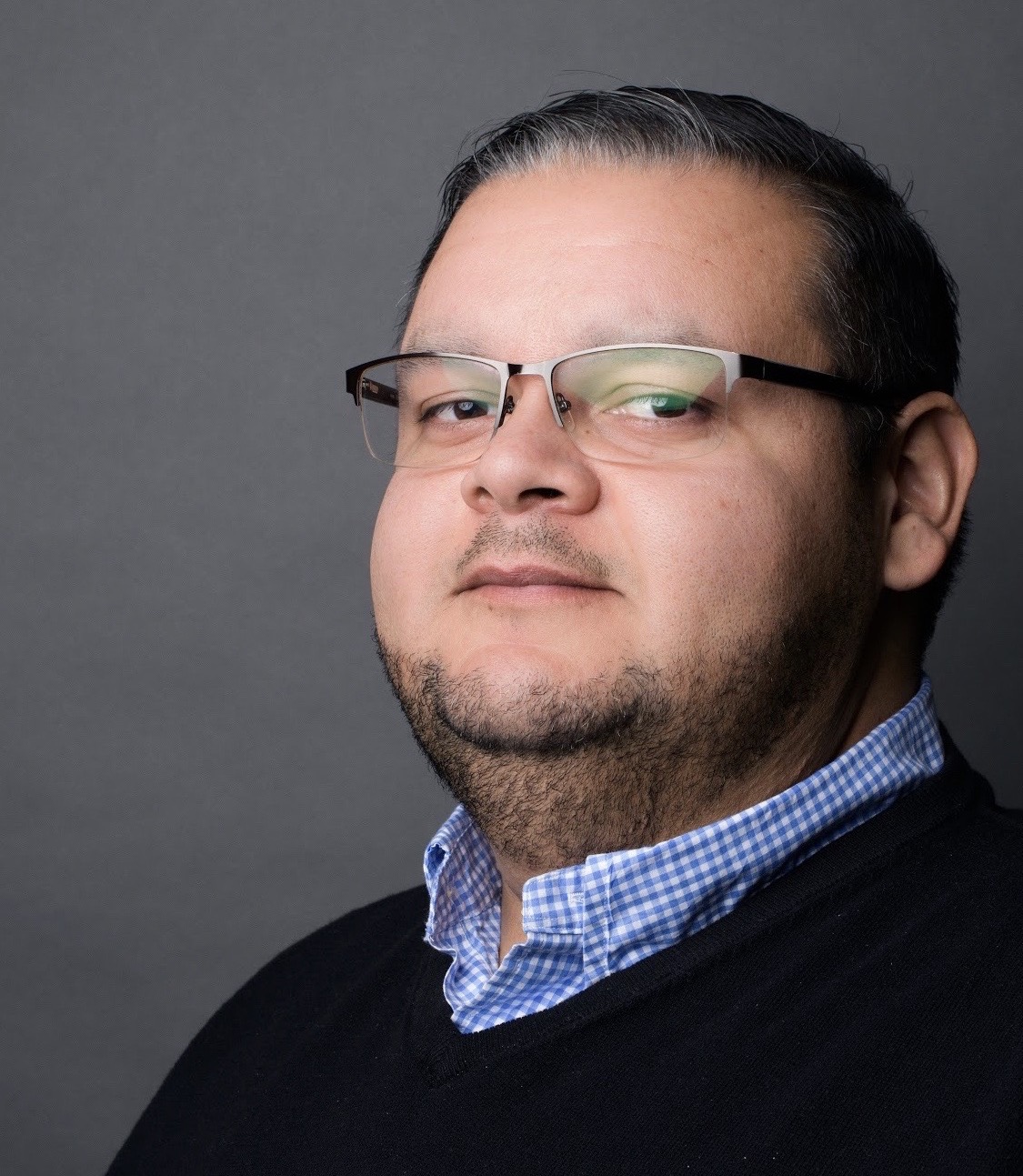COVID-19 doesn’t discriminate when selecting victims, but the pandemic is underscoring societal inequities when it comes to treatment and response, according to an Arizona State University professor.
For low-income and ethnic minorities, especially the Latino community, it’s especially problematic.
Gilberto Lopez is a social scientist and assistant professor in ASU’s School of Transborder Studies. Specifically, his research focuses on the associations between socioeconomic status, race, ethnicity and health among medically and economically disenfranchised populations.
Lopez said that the Latino community has the highest age-adjusted COVID-19 death rate in New York City. On the other side of the country, he expects that the pandemic will have a significant impact on the agricultural industry and others deemed essential workers.
ASU Now spoke to Lopez about his work and findings regarding COVID-19.
Gilberto Lopez
Question: How is COVID-19 impacting communities across the U.S.?
Answer: On March 11, 2020, the World Health Organization declared COVID-19 a global pandemic — the most serious respiratory virus threat since the 1918 influenza outbreak. This virus is especially dangerous due to lack of immunity in human populations, the nonexistence of a vaccine and its strain on health systems. From mid-March to May 3, 2020, there have been around 1.2 million confirmed cases and 69,000 deaths due to COVID-19 in the U.S., which is a conservative number due to lack of testing and official death counts. To put this in perspective, this is an average of one American death per minute, every minute of every day since mid-March. Although we are seeing a plateau, and in some areas a decline in infection and death rates, the reopening of the economy will likely see another surge in the summer and again in the fall and winter.
We are still learning about the life of this virus and how it interacts with humans. It has only been two months since public health systems in the U.S. began significantly escalating containment efforts, a very short time in terms of having quality data ready for analysis. However, emerging evidence shows a disproportionate burden of COVID-19 on the economically disadvantaged, racial(ized) ethnic minorities, and rural communities. Data from New York City has shown that low-income and ethnic minority neighborhoods are experiencing the largest rise in emergency room visits, which have been mostly COVID-19 related. Additionally, Latino, black and Native American communities across the country are experiencing a disproportionate rate of infection.
In rural America the pandemic is expected to have a delayed surge and will likely be more devastating — two factors lead scientists and public health officials to predict this. First, rural America is on average older than the general U.S. population and older individuals can be at greater risk of having more severe symptoms. Second, health systems in rural America have been deteriorating for some time — as evidenced by the closing of hospitals and clinics and the limited amount of first-responders. In many small rural communities, they depend on volunteer firefighters. Therefore, an aging population plus a deteriorating medical infrastructure equals a disproportionate impact on rural America.
However, these models and predictions are dynamic and not set in stone. A vaccine is the safest way to return to normal because frankly, waiting for herd immunity will cost millions of lives. In the meantime, our best bet is to continue containment efforts such as limited in-person social interactions, complete isolation of infected individuals, contact tracing plus testing and physical distance if one must go out.
Q: How is COVID-19 specifically impacting the Latino community?
A: This pandemic presents unique challenges for Latino communities. In the case of New York City, Latinos have the highest age-adjusted COVID-19 death rate, with neighborhoods with higher percentage of Latinos experiencing the biggest increase in emergency department visits during the pandemic. Further exacerbating this disparity is the limited information on how the pandemic is affecting different sub-groups within the Latino population — such as farmworkers, indigenous immigrants and “essential” workers.
Across the U.S. the harvest season kicked off this past week; in California, this is usually marked by the start of the cherry season. Through the summer and into the fall we will see an exponential growth in farm labor across the various agricultural regions of the country — a labor force that is predominantly Latino, with a significant proportion consisting of indigenous migrants. Latinos are also overrepresented in occupations labeled “essential”, which are jobs that are less likely to have work-from-home options.
This puts Latinos at greater risk of COVID-19 infections through a number of intersecting pathways. Such jobs fall into a category termed “3D jobs” — dirty, dangerous and demanding — that are low-paying and high-stress jobs. This limits the type of housing available and increases the likelihood of living in more crowded conditions. Additionally, essential jobs place workers at higher risk for COVID-19 because they must go into work, oftentimes with limited personal protection equipment due to the scarcity of such equipment. Another factor in the disproportionate rate of infection is the horrible job we, as public health “experts,” have done in relaying health information — not all communities in the U.S. are receiving the same type or amount of COVID-19 information. Thus, there is an urgent need to understand the best approach to making sound clinical and public health information about COVID-19 accessible to Latino populations.
Q: How is your work addressing these particular issues?
A: By training, I am a social scientist who dabbles in anthropology, sociology and public health — none of it with a focus on infectious diseases. My research focuses on the social determinants, and the political economy, of disease with a focus on Latino, immigrant and rural communities. I also have an interest in health communication. Unfortunately, my skill set does not allow me to be in a lab developing a vaccine or cure for this virus, so I decided to put what I do know into practice.
The first project I am working on is a collaboration with Creative Frontiers, an agency focused on developing behavior-change messaging, storytelling and health education. We created the COVID Health Animation Project, which consists of developing culturally tailored animations focused on addressing COVID-19 misinformation in various different cultural contexts. To date we have produced content for two populations, Urdu speakers and Spanish speakers. These animations can be found on the project website. We are in the process of evaluating our programming in order to produce more content for different vulnerable communities in the U.S. and across the world. Our evaluation is testing the hypothesis that a culturally tailored health information intervention is more effective in increasing knowledge of COVID-19 compared to existing information sources.
The second project is in collaboration with the University of California, Merced’s Nicotine and Cannabis Policy Center and consists of mixed-methods research to understand beliefs, attitudes and behaviors around COVID-19 among Latinos in California’s agricultural Central Valley. First, we are conducting in-depth interviews with 40 individuals to elicit what anthropologist Arthur Kleinman terms Explanatory Models of Disease: These are ways in which societies around the world make sense of the origin, composition/identification, distribution and cure of diseases.
We are also administering a survey to 1,000 Latinos in the same region in order to quantify COVID-19 beliefs, attitudes and behaviors. This quantification will allow us to identify the areas or subgroups that we need to focus on more. The goal of this project is to understand how this at-risk population makes sense of the disease in order to make this information available to state and local governments, public health departments, and community organizations. We hope to counter misinformation by using this data to inform the development of clinically/medically sound information that can be delivered in a culturally tailored way, such as animations, radio spots and social media.
Photo illustration courtesy of Pixabay
More Health and medicine

New initiative aims to make nursing degrees more accessible
Isabella Koklys is graduating in December, so she won’t be one of the students using the Edson College of Nursing and Health Innovation's mobile simulation unit that was launched Wednesday at Arizona…

Reducing waste in medical settings
Health care saves lives, but at what cost? Current health care practices might be creating a large carbon footprint, according to ASU Online student Dr. Michele Domico, who says a healthier…

ASU offers bilingual counseling to Spanish speakers
Arizona is one of the five states in the nation with the highest percentage of Hispanic residents, according to the U.S. Department of Health and Human Services Office of Minority Health, and …



